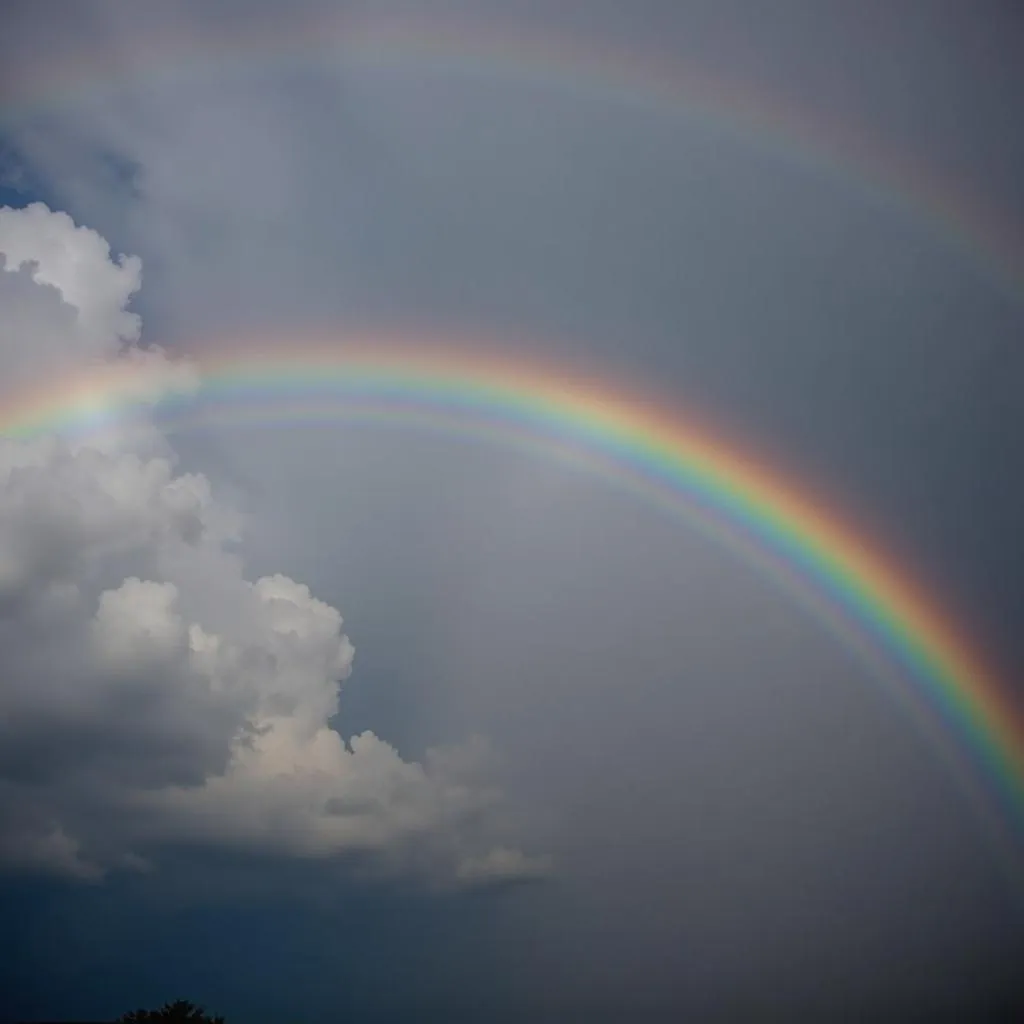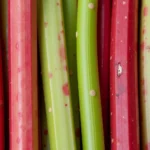We often think of rain as simply wet and gray, but have you ever stopped to consider its true color? While it might seem like a straightforward question, the answer is surprisingly complex and fascinating.
Rain Itself Is Colorless
Believe it or not, raindrops are inherently colorless. Pure water, like the kind that makes up rain, is transparent. This means light passes through it without being absorbed or reflected, much like a clear glass window.
So Why Does Rain Appear Gray?
The gray hue we associate with rain is an illusion created by the way light interacts with both the raindrops and the atmosphere surrounding them.
- Scattering of Light: When light passes through a raindrop, it gets scattered in many directions. However, no single color is scattered more than others. This scattering effect is intensified on cloudy or overcast days when less sunlight penetrates the atmosphere.
- Background Influence: The grayness of the sky during a rainstorm also plays a significant role. The clouds, heavy with moisture, block sunlight and create a dim, diffused light that makes everything, including the falling rain, appear muted and less vibrant.
- Human Perception: Our eyes and brains also play a part in how we perceive color. In low light conditions, like during a downpour, our eyes are less sensitive to color variations. This further contributes to the perception of rain as being gray.
Rainbows: A Spectrum of Color in the Sky
While rain itself might not have a distinct color, it can create one of nature’s most stunning displays of color: rainbows. Rainbows occur when sunlight is refracted, or bent, as it passes through water droplets in the air. This bending separates the white sunlight into its different wavelengths, revealing the full spectrum of colors.
 Vibrant rainbow arching across a cloudy sky
Vibrant rainbow arching across a cloudy sky
Rain in Art and Literature
The perception of rain’s color extends beyond science and into the realms of art and literature. Artists often depict rain in shades of blue, gray, and even purple to evoke a range of moods and atmospheres.
“Rain is not just drops of water. Its the love of sky for earth. They never meet each other but sends love this way.” – Unknown
This quote beautifully captures the poetic interpretations often associated with rain. It highlights how rain, despite its apparent simplicity, can hold profound symbolic meaning.
Does Rain Ever Have Color?
While pure rain is colorless, certain impurities or particles in the atmosphere can sometimes give it a faint hue.
- Pollen or Dust: High concentrations of pollen or dust in the air can mix with raindrops, giving them a slightly yellowish or brownish tinge.
- Pollution: In areas with significant air pollution, rain can take on a darker, dirtier gray color due to the presence of soot and other pollutants.
Conclusion
While we might typically picture rain as gray, it’s fascinating to understand that this perception is a combination of scientific phenomena and human interpretation. From the colorless nature of water droplets to the captivating spectacle of rainbows, rain reminds us of the beauty and complexity of the natural world.

